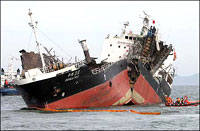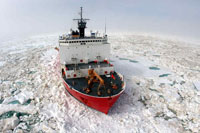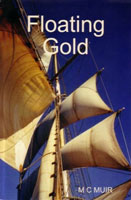 Margaret Muir’s novel, Floating Gold, was recently released in paperback. A great read, we never though that it got the attention that it deserved. Here is a repost of our review from May of 2010:
Margaret Muir’s novel, Floating Gold, was recently released in paperback. A great read, we never though that it got the attention that it deserved. Here is a repost of our review from May of 2010:
Margaret Muir’s new novel, Floating Gold, is a wonderful blend of classic Georgian naval fiction, a mystery/thriller and a grand treasure hunt. A rousing tale, well told.
Captain Oliver Quintrell is on the beach, both literally and figuratively. Recently released from Greenwich Hospital after recovering from injuries related to a “direct contact with a four pound cannon ball,” he finds himself without a commission in a world briefly at peace following the signing of the Treaty of Amiens in 1802. He is therefore pleased to be given the command HMS Elusive, a frigate on a secret mission with sealed orders bound for an island near the bottom of the world. Along the way they encounter storms, calm, murder, and sabotage until they finally arrive at the island, which itself may be the greatest threat of all to survival of the ship and crew. Hidden on the island is a vast, yet mysterious treasure that Captain Quintrell, his officers and crew must find and carry back to England.

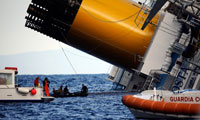 One week ago, the Costa Concordia grounded off the island of Giglio. Eleven passengers or crew are confirmed dead. Twenty four people are missing. The ship itself has sunk in shallow water having rolled 80 degrees on its side. What else do we know? Several basic questions remain unanswered.
One week ago, the Costa Concordia grounded off the island of Giglio. Eleven passengers or crew are confirmed dead. Twenty four people are missing. The ship itself has sunk in shallow water having rolled 80 degrees on its side. What else do we know? Several basic questions remain unanswered. Shortly after
Shortly after  According to survivors’ reports, the band on the deck of the Titanic continued to play after the last boat departed as the ship sank beneath waters of the icy North Atlantic. Coincidentally,
According to survivors’ reports, the band on the deck of the Titanic continued to play after the last boat departed as the ship sank beneath waters of the icy North Atlantic. Coincidentally, 
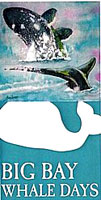 Every year, around 26,000 gray whales (Eschrichtius robustus) make the 10,000 mile journey from their feeding grounds in the Arctic Sea south to their breeding groups in the lagoons of Baja. (For an interesting view of the migration see
Every year, around 26,000 gray whales (Eschrichtius robustus) make the 10,000 mile journey from their feeding grounds in the Arctic Sea south to their breeding groups in the lagoons of Baja. (For an interesting view of the migration see 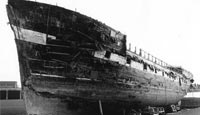 Last October, we posted about the
Last October, we posted about the 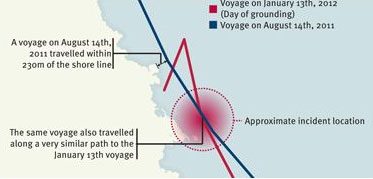
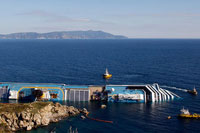 MSNBC is quoting Adam Smallman
MSNBC is quoting Adam Smallman

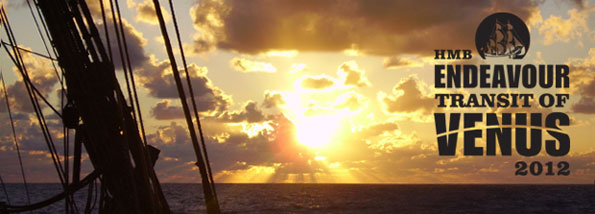 HMB Endeavour
HMB Endeavour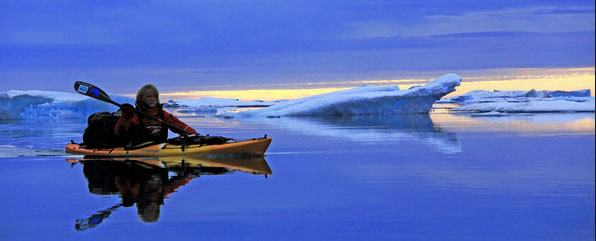
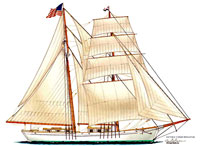 Alan Olson, a Sausalito boat builder and founder of the educational sailing nonprofit
Alan Olson, a Sausalito boat builder and founder of the educational sailing nonprofit 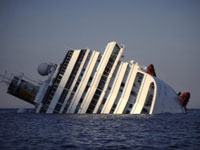 One of the more alarming aspects of the sinking of the
One of the more alarming aspects of the sinking of the 